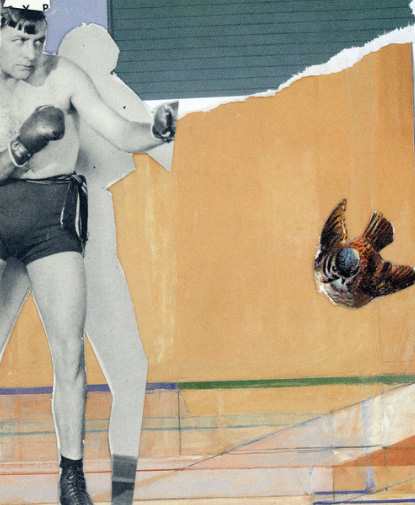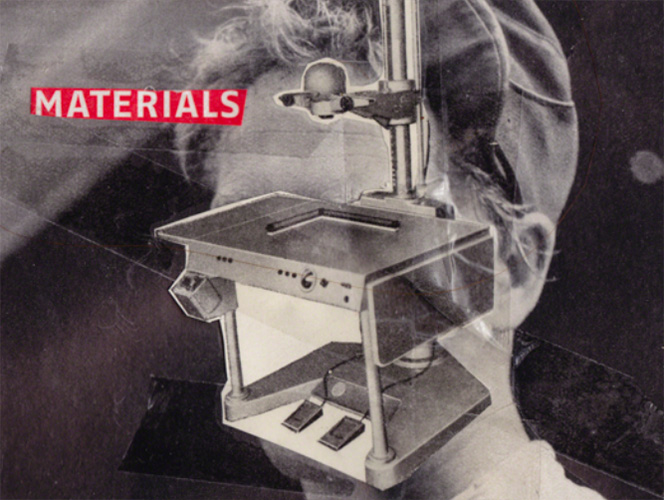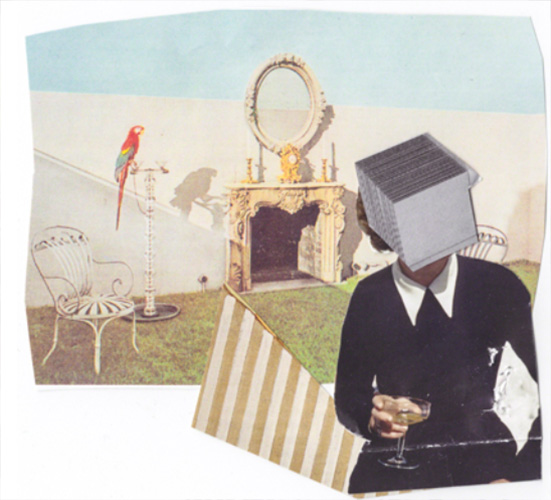interview
SAM HEYDT
recycled media and social practice artist
︎ Vienna/Austria & New York City/USAfebruary 12, 2020
![]()
![]()
Could you introduce yourself a
little? Where are you from and how did you start to explore art?

My name is Sam Heydt, I am a recycled media and social practice artist born and raised in NYC. My interest in art was sparked at an early age by my father who himself is an artist.
Do you have any formal art training?
Yes, I have a fine arts degree in Photography from Parsons School of Design in NYC. Although my academic career traverses a number of other universities: The New School, Cooper Union, University of Amsterdam, University of Buenos Aires and La Sorbonne, wherein my focus ranged from anthropology to gender and media studies, and linguistics.
You have a degree in linguistics. How, if so, does this affect or reflect in your art practice?
Just as much as I regard art as its own language, I believe language informs art. Language structures reality. For instance there are certain poetic expressions unique to an idiom, such as the French term ‘esprit d'escalier’, or ‘spirit of the staircase' which refers to a clever comeback arrived at after the fact. Other languages are unique in there articulations of emotions, such in the case of the German word ‘Fernweh’, ‘farsickness’ in English, which communicates the desire to travel to faraway places. In short, languages can expand your vocabulary of perception.


You describe yourself as a social practise and recycled media artist. Could you explain what these terms mean to you? They are quite specific compared to more generic terms like collage artist, photographer or film maker. What was the process like that made you choose these titles?
As the sustained narrative of tabloids becomes history and the myth of progress continues to perpetuate inequality, social practice art emerges not only as a means of spreading awareness but as a catalysis of activism and discursive exchange between social systems and art. As a lifelong environmentalist my concerns over the exploitation of the natural world carried over into my work. Further, my preoccupation with up-cycling, recycling and conservation inevitably informed my practice and led me to later coin the term recycled media in aspiration of furnishing a broader definition that would encompass the diversity of approaches I was employing. Recycled media art refers to the sourcing and reinventing of found material as the basis of creation, often trespassing their associative use. The artistic approach sits at the axes of affichiste, decollage, assemblage, lettrism, mixed media and up-cycling.
Do you see a difference between collage art and recycled media art?
Collage art doesn’t differentiate, but is rather defined as recycled media art.
Can you describe your artistic process when you sit down to work on a piece, or series, film or documentary?
Typically I have ten projects in process at once in my studio which I bounce between, gravitating towards whichever one inspires me most at the time.


You have travelled and lived abroad a lot. How does this affect your work?
My experiences living abroad have unquestionably shaped the aesthetic and direction of my work. Although a life long environmentalist and social activist, my resignation to work as a social practice artist came from my time in Australia and New Zealand documenting the deforestation and mining industry there, as well as my time in India producing a documentary on caste based child prostitution. Life experiences have also played a critical role, as my shift from photography to collage and direct animation stemmed from the bedridden months in Iceland following a motorcycle accident that I’m lucky to walk away from.
You work in many types of artistic media, including photography, film making, graphic and interior design. Are there ways all these different media inform each other?
While often relying on found objects and recycled material as a basis for creation, I oftentimes employ new media to resurrect “old" static media forms.
Do you find that you express different sides of yourself in each medium, or do you communicate similar themes and concerns regardless of the medium?
Through a myriad of mediums and technical approaches, my work speaks to similar themes and concerns that of entropy and mankind’s exploitation of nature. It aims to present an abstract proposition for a world on the periphery of history, one that not only appears haunted by the ghosts of the past, but built on it.


Which themes, ideas, or messages do you feel are particularly present or significant in your work?
Working across different media- film, video, installation, photography, sculpture, sound and text, I present the problematics of a world exploited beyond use and increasingly reduced to a bottom line, one marked by mass extinction, product fetishism, diminishing resources, and patented seeds. The uncertainties and inevitabilities of which are drowned out by the the white noise of the media and the empty promises it proposes for the future it truncates. My layered imagery aims to conflate time and place, colliding and merging generations of possibilities, and disrupting logical relationships between occurrences. Through adding and subtracting meaning by combining images of destruction with portrayals of the virtues born from the American Dream, I confront the disillusionment of our time with the ecological and existential nightmare it is responsible for
You founded your own studio that offers creative consulting, digital marketing, graphic and interior design. Could you tell us a little bit about your decision to go down the art entrepreneur road and the process that led to the actual launch of your studio? It’s quite an impressive achievement on top of everything else you are doing!
I founded Jane Street Studio, L.L.C. in the Meatpacking District in 2012. Having graduated with a fine arts degree in photography, launching the commercial studio felt like a natural trajectory for me at the time. Since established, the company has expanded to provide both design and marketing consultation in addition to photography and art direction. It's growing roster of clients span Europe, North & South America, Asia and Oceania. Over the last several years however, I have shied away from commercial projects and shifted my focus to work of more personal meaning.
How do you bridge the gap between being an artist and an art entrepreneur, if you even feel there is a gap? Do you personally make or see a difference between commercial art and art with a capital A?
There’s definitely a disparity between the two rooted namely in the motivation behind the works creation as well as the creative constraints that come with the territory of commercial work.


You are incredibly and impressively prolific and diverse. Is that your personality? Something you grew into? Necessary these days? All of the above?
It is probably a side effect of my experiences and ADHD.
Are there any exciting projects you are currently working on? Do you have any big plans for the future?
I have a number of upcoming exhibitions I am currently preparing for in the long term am trying to open an orphanage in India that takes in and educate young girls that would otherwise be funneled into prostitution.
Who are some of the artists you admire?
Artists I admire include: Tom Deininger, Guerrilla Girls, Hannah Hoch, Rauschenberg, John Baldessari, Deborah Roberts and Edward Burtynsky.
Is there any advice you can give to aspiring artists or creatives?
Don’t get discouraged, don’t quit - it is the disguising factor differentiating those who succeed and those who don’t.
Sam Heydt website
︎ ︎ ︎ ︎ ︎ ︎
inteview: Petra Zehner